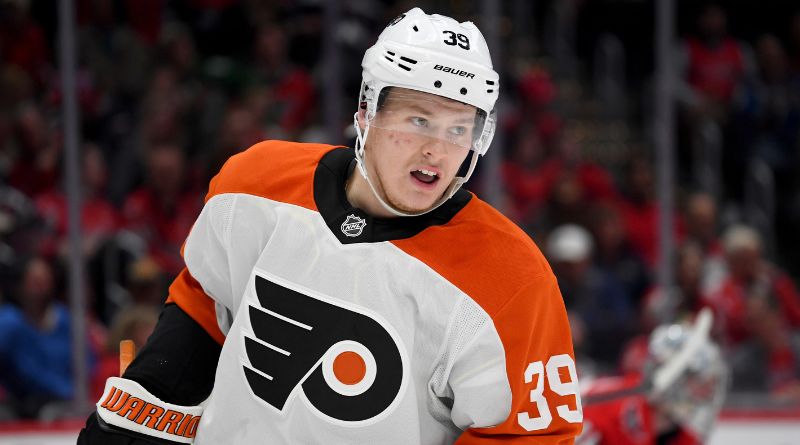Introduction
Hockey is one of the few sports where fighting remains an ingrained part of the game. From passionate fans to players themselves, the culture around hockey fights has sparked debate over the years, questioning its impact on player safety, sportsmanship, and tradition. While some argue that fighting detracts from the game’s skill, others view it as a valuable tactic and an essential part of the sport’s history. This article dives into the role of fighting in hockey, exploring its rules, significance, and the future of this controversial aspect of the game.
Table of Contents
The Role of Fighting in Hockey
Unlike other sports where fighting results in automatic ejection or suspension, hockey has historically allowed players to engage in limited fights under specific conditions. Fighting serves various roles in the game, including:
- Protecting Teammates: Players often drop gloves to defend their teammates against overly aggressive or dangerous plays. A fight in response to a rough hit can act as a deterrent, warning the opposing team to avoid unfair play.
- Building Momentum: For some teams, a fight can shift the game’s momentum, energizing players and rallying fans. A well-timed fight can boost morale, especially if the team is behind.
- Settling Scores: In a sport known for its physicality, fights can also serve as a way to resolve conflicts between players that arise from previous games or heated plays.
- Entertainment Value: While contentious, many fans argue that fighting adds excitement to the game and makes hockey unique. The “enforcer” role—where certain players are known for their willingness to fight—has become part of the sport’s identity.
Rules Governing Fighting in Hockey
Fighting isn’t entirely unrestricted in hockey, as leagues have specific rules to ensure some level of control and safety. Here’s a look at how it works:
1. The “Instigator” Rule
The National Hockey League (NHL) introduced the “instigator” rule, penalizing players who deliberately initiate fights. This rule deters unnecessary altercations, penalizing the player who starts the fight with an extra two-minute penalty on top of the five-minute major for fighting.
2. Five-Minute Major Penalty
In the NHL, players who engage in a fight are penalized with a five-minute major. After serving this time, they can return to the game. This is distinct from leagues like the European hockey leagues, where fighting often leads to more severe penalties, including game suspensions.
3. No Helmets, No Fight
To prevent head injuries, NHL players must keep their helmets on while fighting. If helmets are removed before a fight, both players receive additional penalties, discouraging unnecessary risks.
4. Linesmen Intervention
While fighting is permitted, there are limitations. Linesmen are authorized to step in and break up a fight if it becomes dangerous or prolonged, maintaining a level of control over the altercation.
5. Fines and Suspensions for Repeat Offenders
Players with a history of fighting can face fines or suspensions to deter continued behavior. This regulation helps keep fighting from becoming excessive, balancing the tradition of physicality with player safety.
The Debate on Fighting in Hockey
Hockey fighting is widely debated within and outside the sport. Here are some of the primary arguments from both sides:
Arguments for Allowing Fighting
- Tradition and Culture: Fighting has been part of hockey for decades, and fans appreciate it as a tradition that differentiates the sport.
- Policing the Game: Fights allow players to police the game themselves, reducing dangerous hits that could otherwise harm players.
- Strategic Advantage: For some teams, fights serve as a momentum builder or strategic advantage in crucial game moments.
Arguments Against Fighting
- Player Safety Concerns: The increased risk of injury, including concussions, has led to calls for stricter enforcement against fighting.
- Shift in Focus from Skill: Critics argue that fights distract from the skillful aspects of hockey, such as skating, passing, and shooting.
- Legal and Ethical Issues: Hockey leagues have faced pressure from advocacy groups, legal experts, and medical professionals who believe fighting contributes to a culture of violence in sports.
The Future of Fighting in Hockey
With increased awareness around player safety and the long-term effects of concussions, many hockey leagues are re-evaluating the role of fighting. While some believe that reducing or eliminating fighting is necessary to protect players, others argue that it remains an essential part of the game’s culture. The NHL has taken steps to limit fighting in youth leagues and has enforced stricter penalties in the minor leagues, showing a gradual shift toward reducing its presence.
The future of fighting in hockey may see more restrictions, especially as medical research continues to reveal the risks associated with head injuries. However, given its historical significance and popularity among many fans, fighting may not disappear entirely. Instead, leagues may continue to adjust their approach, striking a balance between tradition and player safety.
FAQs
1. Why is fighting allowed in hockey?
Fighting is allowed as part of hockey’s tradition and is seen as a way for players to defend teammates, settle conflicts, and add excitement. It’s regulated with specific rules to maintain safety.
2. What penalties do players face for fighting?
In the NHL, players receive a five-minute major penalty for fighting, with additional penalties if they instigate or remove helmets before fighting.
3. Are there any rules to prevent excessive fighting?
Yes, the NHL’s “instigator” rule discourages unnecessary fights, and fines or suspensions can apply to players with a history of fighting.
4. Has fighting in hockey led to health concerns?
Yes, fighting increases the risk of head injuries, concussions, and other physical injuries. This has led to a growing movement for stricter regulations.
5. Is fighting allowed in all hockey leagues?
No, fighting is generally discouraged or penalized more severely in European and youth hockey leagues, where safety is prioritized over tradition.
Conclusion
Fighting in hockey remains a complex and divisive topic, deeply rooted in the sport’s history and culture. While many fans and players view it as a unique and vital aspect of the game, increased awareness of health risks has sparked calls for change. As hockey evolves, finding a balance that honors tradition while prioritizing player safety will be essential to the future of this thrilling sport.



